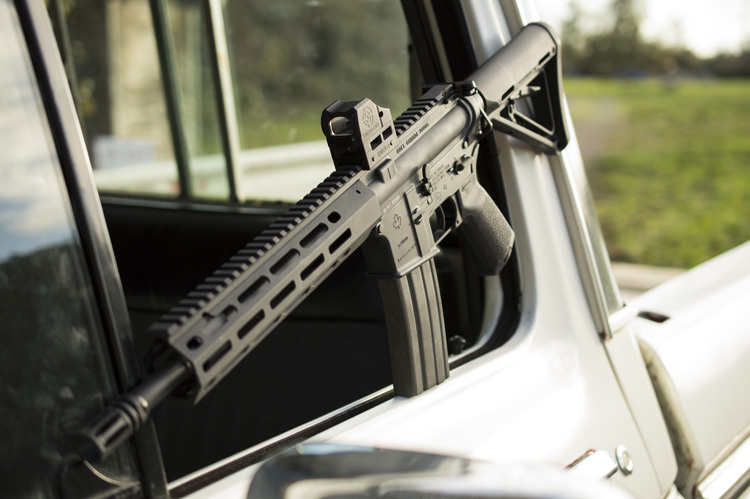
Nearly three years after its creation in the wake of Justin Trudeau’s May 2020 announcement of the prohibition and buyback of hundreds of thousands of rifles, the cost of Trudeau’s Firearms Buyback Secretariat continues to increase, recording a highest-yet annual budget total of $5.4M for the 2022-23 fiscal year. That brings the office’s total cost to nearly $10M since its June 2020 inception, with no guns seized or purchased by the Secretariat.

The $5.4 million budget represents a 35% increase over the Secretariat’s projected $4 million budget in 2021, and also represents a dramatic shift in how the Secretariat’s budget is being spent. When the office first opened, salaries accounted for most of the office’s budget, but as time has gone by the operating and maintenance budget has grown dramatically while the total cost of salary compensation has declined. A budget that planned to spend nearly twice as much on salaries in 2020-2021 now has an operating and maintenance budget over 200% higher than the salary budget.

Operating and maintenance expenses include all costs incurred beyond the formal salaries of Public Safety employees working at the Secretariat, and include everything from toner and ink to translation services and management consultants - the latter of which accounted for nearly a million dollars in unexpected spending in 2021. Unfortunately, more recent budgetary releases for the Secretariat have not included individual cost-unit breakdowns, so we cannot tell what individual cost category is responsible for the dramatic cost increase.
To date, despite the Secretariat’s nearly three years of labour and millions of taxpayer dollars spent, no guns have been “bought back.” No buyback program has commenced. And, as far as the general public and gun owners alike are aware, we are no closer to that changing. In fact, the recently withdrawn amendment to Bill C-21 would have rendered the entire buyback program obsolete, had it been allowed to remain.